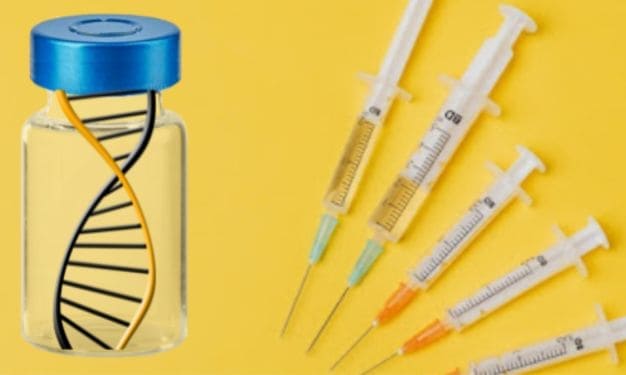International Nonproprietary Names for biological and biotechnological substances: a review,
WHO TRS 948, 2008 Annex 5
Click on the titles below for complete guidelines
TABLE OF CONTENTS
1. Pharmacological classification of biological and biotechnological substances
2. Current status of existing stems or systems for biological and biotechnological substances
2.1 Groups with respective stems
2.2 Groups with respective pre-stems
2.4 Groups without respective stems/pre-stems and without INN schemes
3. General policies for biological and biotechnological substances
3.1 General policies for blood products
3.2 General policies for fusion proteins
3.3 General policies for gene therapy products
3.4 General policies for glycosylated compounds
3.5 General policies for immunoglobulins
3.6 General polices for monoclonal antibodies
3.7 General policies for non-glycosylated compounds
3.8 General policies for skin substitutes
3.9 General policies for transgenic products
3.10 General policies for vaccines
4. Summary of INN assigned to biological and biotechnological substances
4.1 Antimicrobial, bactericidal permeability-increasing polypeptides
4.2 Antisense oligonucleotides
4.4 Blood coagulation cascade inhibitors
4.6 Colony-stimulating factors
4.8 Erythropoietin type blood factors
4.11 Growth hormone (GH) derivatives
4.12 Growth hormone antagonists
4.13 Heparin derivatives including low-molecular mass heparins
4.15 Hormone-release inhibiting peptides
4.19 Interleukin receptor antagonists
4.20 Interleukin-type substances
4.24 Peptide vaccines/recombinant vaccines
4.25 Pituitary/placental glycoprotein hormones
4.26 Pituitary hormone-release stimulating peptides
4.27 Receptor molecules, native or modified
4.28 Synthetic polypeptides with a corticotropin-like action
4.31 Tumour necrosis factor antagonists
4.32 Vasoconstrictors, vasopressin derivatives
Introduction
More than 50 years ago, WHO established the International Nonproprietary Name (INN) Expert Group/WHO Expert Committee on Specifications for Pharmaceutical Preparations, to assign nonproprietary names to medicinal substances, so that each substance would be recognized globally by a unique name. These INNs do not give proprietary rights, unlike a trademark, and can be used freely as they are public property.
International Nonproprietary Names for biological and biotechnological substances: a review -Annex 5



